AgriScience for a healthier population and planet
Farm today. Farm tomorrow.
We’re here to assist in delivering healthy crops today, in 100 years, and 1,000 years from now.
Our pipeline projects leverage the complete potential of Integra Technology and the Tidal Vision lab to realize higher yields and entirely new possibilities in the effectiveness of crop production inputs – from nitrogen to fungicide, to nematicides, and more.
Target and solve modern farm challenges with the next generation of technology built by and for growers

25%+ More Effective Nutrition
2X More Effective Protection
5%+ More Yield

Offerings in our Bioactive Portfolio harness the power of nature



We support all crop production systems
We believe in applying technology to make solutions that work for all farmers.
Maximizing farmer profitability
Our technologies help farmers maximize ROI, increase yield, and protect their valuable crop production resources for the next generation.
We are constantly learning then applying our technology to solve specific farmer pain points and increase profitability.
Visit Tidal Grow Agriscience to learn more

